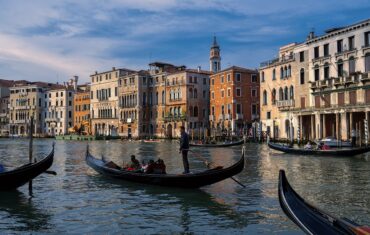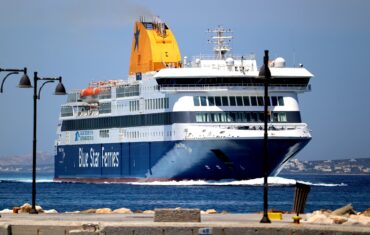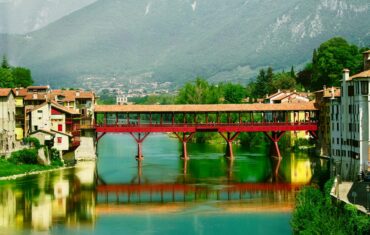Ideal Trip Duration for Italy
1. Short Trip (5-7 Days)
- Key Cities: Rome, Florence, Venice.
- Focus: Highlights of Italy, focusing on major landmarks like the Colosseum, Vatican City, Florence’s Uffizi Gallery, and Venice’s canals.
- Pace: Fast-paced with limited time in each city; suitable for first-time visitors or those with limited vacation time.
2. Medium Trip (10-14 Days)
- Expanded Itinerary: Rome, Florence, Venice, plus additional destinations like Milan, Tuscany, or the Amalfi Coast.
- Focus: A mix of iconic cities and scenic regions. Allows time for day trips to places like Pisa, Cinque Terre, or Pompeii.
- Pace: Balanced, offering a mix of sightseeing and relaxation.
3. Long Trip (2-3 Weeks)
- Comprehensive Itinerary: Includes Rome, Florence, Venice, Milan, Naples, Sicily, and regions like Tuscany or Puglia.
- Focus: In-depth exploration with time for off-the-beaten-path destinations, local culture, and culinary experiences.
- Pace: Relaxed, with time to fully immerse in Italy’s diverse regions.
Ideal Trip Duration for Greece
1. Short Trip (5-7 Days)
- Key Destinations: Athens and one or two islands (e.g., Santorini, Mykonos).
- Focus: Athens’ historical sites (Acropolis, Parthenon) and island highlights (beaches, sunsets, local cuisine).
- Pace: Fast-paced, ideal for a quick overview of Greek culture and some island relaxation.
2. Medium Trip (10-14 Days)
- Expanded Itinerary: Athens, Santorini, Mykonos, and an additional island or mainland destination (e.g., Crete, Delphi).
- Focus: Combination of ancient history, island hopping, and exploring local life. Includes time for leisure on beaches and visiting lesser-known islands.
- Pace: Balanced, with enough time to appreciate each location without rushing.
3. Long Trip (2-3 Weeks)
- Comprehensive Itinerary: Athens, multiple islands (Santorini, Mykonos, Crete, Rhodes), and mainland Greece (Delphi, Meteora, Peloponnese).
- Focus: Deep dive into Greek history, culture, and natural beauty, with time for both famous sites and hidden gems.
- Pace: Relaxed, allowing for a full experience of Greece’s diversity.
Key Differences Between Italy and Greece Trips
- Cultural Focus:
- Italy: Emphasizes art, architecture, history, and cuisine. Cities like Rome, Florence, and Venice are rich in Renaissance and Roman history.
- Greece: Focuses on ancient history, mythology, and natural beauty. Athens offers a deep dive into ancient Greek civilization, while the islands provide stunning landscapes.
- Travel Style:
- Italy: More suited for a combination of urban exploration and countryside relaxation. Train travel between cities is efficient.
- Greece: Ideal for island hopping and beach time. Ferries and flights are common for inter-island travel.
- Pace:
- Italy: Faster-paced, with a focus on seeing multiple cities and historical sites.
- Greece: Can be more leisurely, especially when island hopping, with time for relaxation on beaches and enjoying the slower pace of island life. Restaurants seem to close much later on the islands.
- Seasonality:
- Italy: Summer is peak season but can be very hot, especially in cities. Spring and fall offer milder weather and fewer crowds.
- Greece: Summer is the peak season for the islands, with perfect beach weather. Spring and early fall are ideal for fewer crowds and still warm temperatures.
Conclusion
- Italy: A minimum of 7-10 days is recommended for a well-rounded experience, with longer stays for in-depth exploration.
- Greece: A similar 7-10 day duration is ideal for a mix of cultural and island experiences, with longer trips allowing for more comprehensive island hopping.
The choice between Italy and Greece largely depends on your interest in history, art, and cities (Italy) versus ancient culture, island life, and beaches (Greece). Both countries offer rich, diverse experiences that can be tailored to any length of stay.








